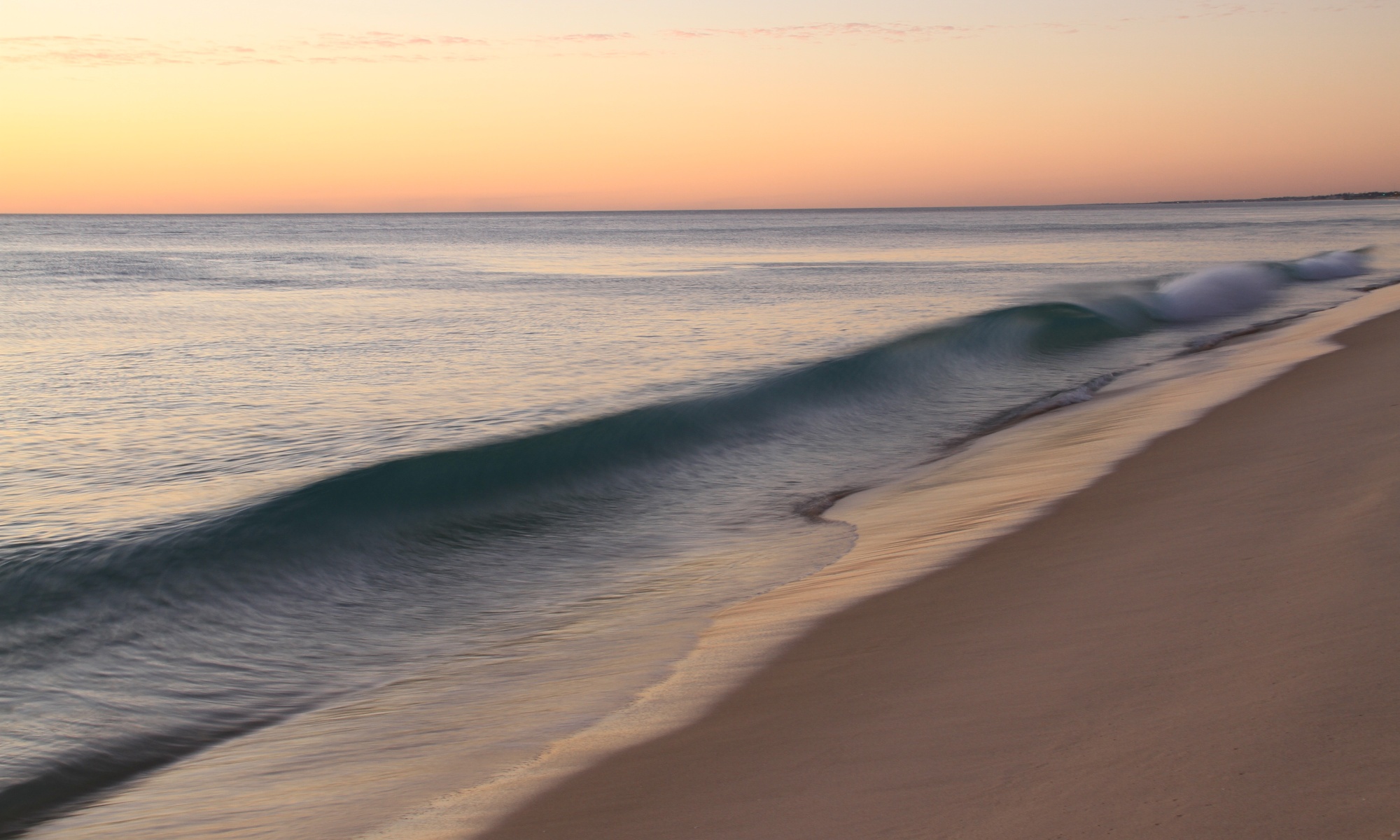(Part 1 is links to the Centers for Disease Control and Prevention page and hot weather tips. Part 2 is frequently asked questions about extreme heat along with the warning signs and how to help people with heat-related illnesses.)
The FAQ page about Extreme Heat has answers to commonly asked questions about extreme heat. Below are some of those questions and answers. Visit the page to learn other ways to help you deal with extreme heat.
What happens to the body as a result of exposure to extreme heat?
- People suffer heat-related illness when the body’s temperature control system is overloaded.
- The body normally cools itself by sweating. But under some conditions, sweating just isn’t enough.
- In such cases, a person’s body temperature rises rapidly.
- Very high body temperatures may damage the brain or other vital organs.
Who is at greatest risk for heat-related illness?
- Infants and children up to four years of age
- People 65 years of age and older
- People who are overweight
- People who are ill or on certain medications
What is heat stroke?
***Heat stroke is the most serious heat-related illness and can cause death or permanent disability if emergency treatment is not provided.***
It occurs when the body becomes unable to control its temperature: the body’s temperature rises rapidly, the sweating mechanism fails, and the body is unable to cool down. Body temperature may rise to 106°F or higher within 10 to 15 minutes.
What are the warning signs of a heat stroke?
- An extremely high body temperature (above 103°F)
- Red, hot, and dry skin (no sweating)
- Rapid, strong pulse
- Throbbing headache
- Dizziness
- Nausea
- Confusion
- Unconsciousness
What should I do if I see someone with any of the warning signs of heat stroke?
***If you see any of these signs, you may be dealing with a life-threatening emergency. Have someone call for immediate medical assistance while you begin cooling the victim.***
- Get the victim to a shady area.
- Cool the victim rapidly, using whatever methods you can. For example, immerse the victim in a tub of cool water; place the person in a cool shower; spray the victim with cool water from a garden hose; sponge the person with cool water; or if the humidity is low, wrap the victim in a cool, wet sheet and fan him or her vigorously.
- Monitor body temperature and continue cooling efforts until the body temperature drops to 101-102°F.
- If emergency medical personnel are delayed, call the hospital emergency room for further instructions.
- Do not give the victim alcohol to drink.
- Get medical assistance as soon as possible.
What is heat exhaustion?
Heat exhaustion is a milder form of heat-related illness that can develop after several days of exposure to high temperatures and inadequate or unbalanced replacement of fluids.
What are the warning signs of heat exhaustion?
- Heavy sweating
- Paleness
- Muscle cramps
- Tiredness
- Weakness
- Dizziness
- Headache
- Nausea or vomiting
- Fainting
What steps can be taken to cool the body during heat exhaustion?
- Drink cool, nonalcoholic beverages
- Rest
- Take a cool shower, bath, or sponge bath
- Seek an air-conditioned environment
- Wear lightweight clothing
What are heat cramps and who is affected?
***If you have heart problems or are on a low-sodium diet, seek medical attention for heat cramps.***
- Heat cramps are muscle pains or spasms – usually in the abdomen, arms, or legs – that may occur in association with strenuous activity.
- People who sweat a lot during strenuous activity are prone to heat cramps. This sweating depletes the body’s salt and moisture. The low salt level in the muscles causes painful cramps.
- Heat cramps may also be a symptom of heat exhaustion.
What should I do if I have heat cramps?
If medical attention is not necessary, take the following steps:
- Stop all activity and sit quietly in a cool place.
- Drink clear juice or a sports beverage.
- Do not return to strenuous activity for a few hours after the cramps subside because further exertion may lead to heat exhaustion or heat stroke.
- Seek medical attention for heat cramps if they do not subside in 1 hour.
Can medications increase the risk of heat-related illness?
The risk for heat-related illness and death may increase among people using the following drugs:
- Psychotropics, which affect psychic function, behavior, or experience (e.g. haloperidol or chlorpromazine)
- Medications for Parkinson’s disease, because they can inhibit perspiration
- Tranquilizers such as phenothiazines, butyrophenones, and thiozanthenes
- Diuretic medications or “water pills” that affect fluid balance in the body

